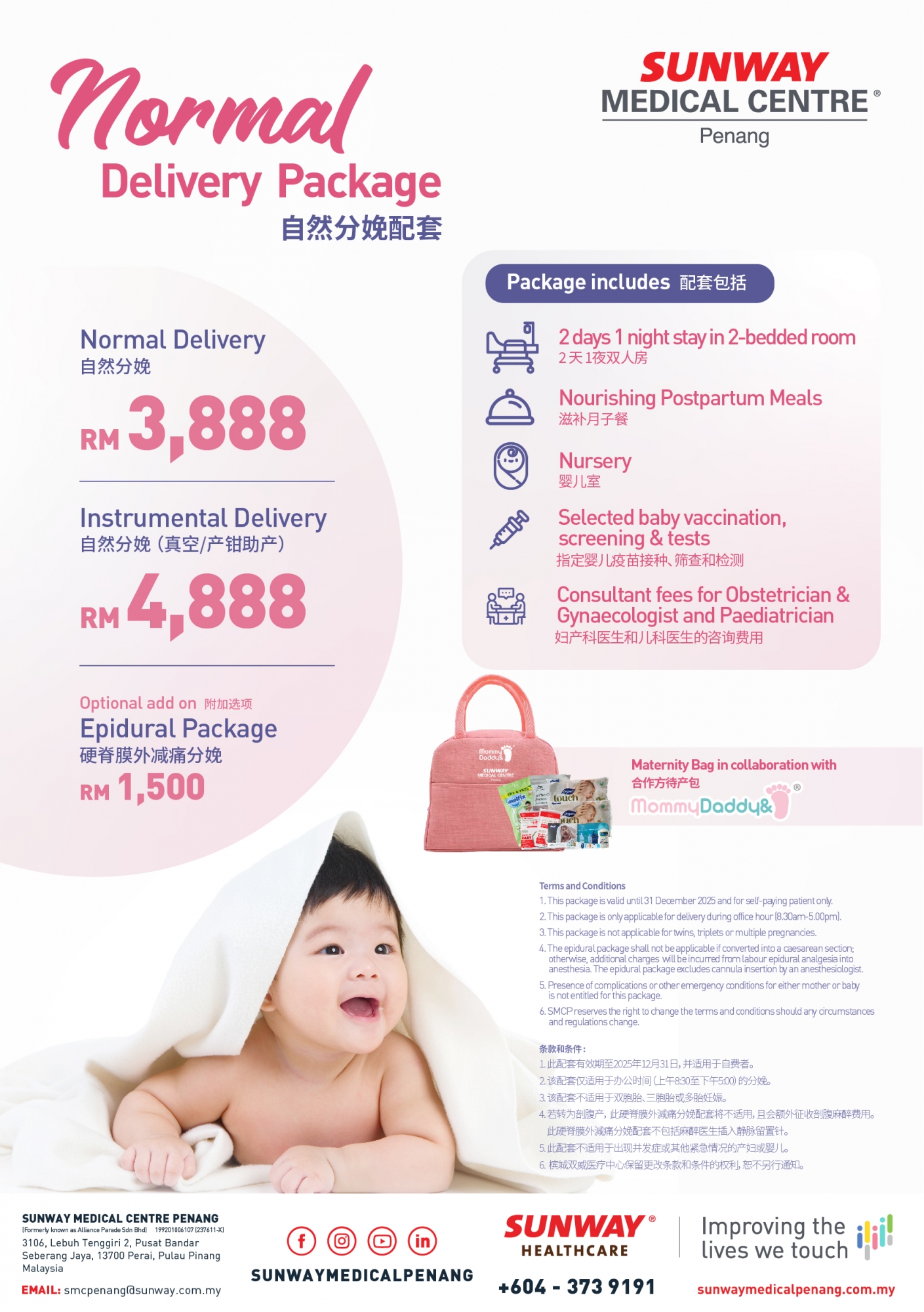Towards Successful Breastfeeding
Article by: Dr. Salina Sany
28 September 2022
Breastfeeding is one of the most effective ways to ensure child health and survival. WHO and UNICEF recommend mother should initiate breastfeeding within the first hour of birth of baby. It should be exclusively breastfed for the first 6 months of life. This means that no other foods or liquids are given to the baby, including water. From the age of 6 months, baby should begin eating safe and adequate complementary food, at the same time continue breastfeeding up to 2 years of age or beyond.
It is undeniable that breast milk is the ideal food for newborn and infants. It is safe, clean and contains antibodies which help to protect against many common childhood illnesses.

Breast milk provides all the energy and nutrients that the infant needs for the first months of life and it continues to provide up to half or more of a child’s nutritional needs during the second half of the first year and up to one third during the second year of life. The benefits of breastfeeding also goes to the mothers as its showed women who breastfed has protective risk of getting breast and ovarian cancer.
How To Ensure Successful Breastfeeding?
New mothers are often anxious and less confident to start breastfeeding. They usually not sure whether their baby will get enough milk. Myth and false taught about breastfeeding will make the mother not to breastfeed their baby.
Thus, Breastfeeding Hospital Initiatives (BFHI) in Malaysia was implemented in 1993 and revised in 2005 according to World Health Assembly to ensure policy for successful breastfeeding is being practises.
The breastfeeding policy includes 10 steps that need to be followed to ensure successful breastfeeding outcome.
What are these 10 Steps of Successful Breastfeeding?
Step 1: To have written breastfeeding policy that is routinely communicated to health staffs. It should be displayed to increase the awareness.
Step 2: To train health staffs knowledge of breasfeeding and skills necessary to implement this policy.
Step 3: Discuss the importance and management of breastfeeding with pregnant women and their familities. This includes antenatal breastfeeding talk by staffs.
Step 4: Facilitate immediate and uninterrupted skin to skin contact and support mothers to initiate breastfeeding as soon as possible after birth. The bonding of newborn baby make the mother recognise the feeding cues.
Step 5: Support mothers to initiate and maintain breastfeeding even if the baby need to be separated by teaching how to perform express breast milk . This step also emphasize on management of common difficulties encountered by mothers.
Step 6: Do not provide breastfed newborns any food or fluids other than breast milk, unless medically indicated. This will support mother to exclusively breasfed her baby.
Step 7: Enable mothers and their baby to remain together and practise rooming- in 24 hours a day.
Step 8: Support mothers to breastfeeding on demands
Step 9: Counsel mothers on the use and risks of feeding bottles, teats and pacifiers
Step 10: Foster the establishment of breastfeeding support groups and refer mothers to them on discharge from hospital or clinic.
There is substantial evidence that implementing the Ten Steps significantly improves breastfeeding rates. A systemic review of 58 studies on maternity and newborn care published in 2016 demonstrated clearly that adherence to the Ten Steps impacts early initiation of breastfeeding immediately after birth, exclusive breastfeeding and total duration of breastfeeding.
Together we support, promote and protect breastfeeding.
Back





























